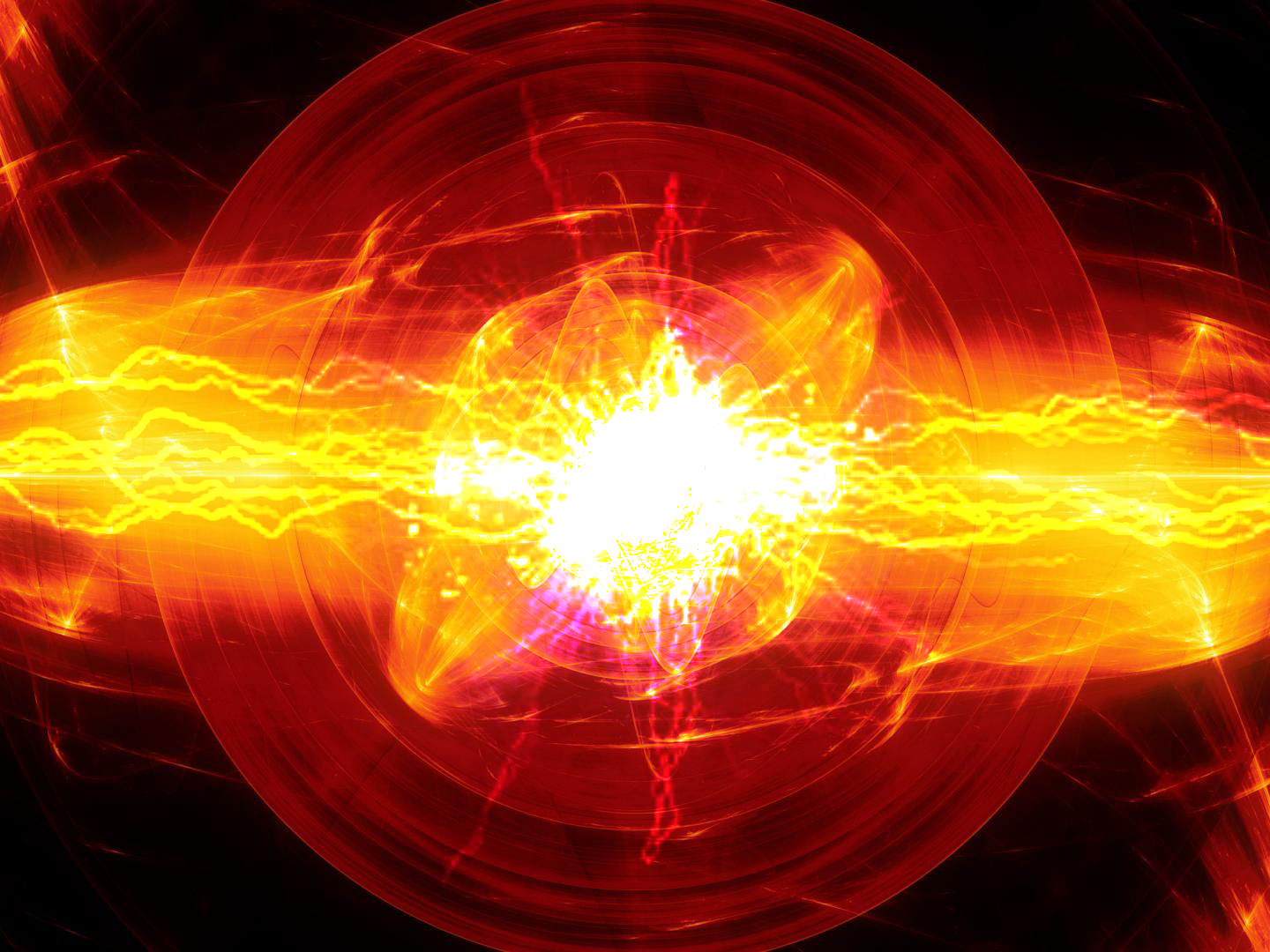
According to reports, it was a "huge scientific breakthrough," and it appears that the claims were accurate: On Tuesday, researchers at Lawrence Livermore National Laboratory (LLNL) said that they had successfully generated net energy gain in a controlled fusion experiment for the first time.
We have made the first hesitant steps toward a renewable energy source that could radically alter the course of human history.
The National Ignition Facility at LLNL in San Francisco is responsible for the victory. This institution has been working on nuclear fusion for a long time in an effort to harness the enormous amounts of energy generated during the reaction because, all of that energy is "clean" energy. Nuclear fusion is the mechanism that drives the sun and other stars.
Despite years of work, there had been a significant flaw in these fusion experiments: the energy expended to induce fusion has been far greater than the energy expended. Scientists have long sought to achieve "ignition," where the energy output is "more than or equal to laser driving energy," as part of the NIF program.
Even with operating fusion reactors, several experts have remained doubtful that such an accomplishment was even feasible. But NIF moved cautiously forward. By producing roughly 1.3 megajoules (a unit of energy) against a laser drive that required 1.9 megajoules in August of last year, LLNL showed it had nearly reached this threshold.
However, according to LLNL's scientists, they succeeded in crossing the line on December 5.
They were able to ignite.
Overall, this accomplishment is reason to rejoice. It is the result of years of scientific study and small steps forward. To show that this type of reactor can produce energy is a crucial, albeit tiny, step forward.
It took more than 60 years of global study, development, engineering, and experimentation to reach ignition in a controlled fusion experiment.
It is both a technical wonder and a scientific breakthrough.
Still, it will probably take several decades before a fully functional platform that can be used to power buildings and residences is connected to the grid.
One igniting capsule is being ignited at a time. You need to take a number of actions in order to commercialize fusion energy. To be able to produce a large number of fusion ignition events each minute, you need a reliable system of drivers.
What brought us here, then? What prospects does fusion energy have for the future?
Since roughly a century ago, the fundamental physics of nuclear fusion have been well understood.
Under severe circumstances, such as those found in stars, fusion—a process between atom nuclei—occurs. For instance, the sun is roughly 75% hydrogen, and the intense heat and pressure at its center force the hydrogen atoms to push together and fuse to generate helium atoms.
It would be simple to conclude that atoms do not especially enjoy being squeezed together if they had feelings. To do so requires a lot of energy. The optimal conditions for a self-sustaining fusion reaction are created by gravity in stars, which are fusion powerhouses that continue to burn until all of their fuel—those atoms—is consumed.
Fusion reactors are built on this concept.
A very green source of energy might be created by creating a device that can mimic the conditions found in the sun. Global warming-causing greenhouse gases like carbon dioxide and methane aren't directly produced by fusion.
Critically, a fusion reactor also lacks the drawbacks of nuclear fission, the atom-splitting process now used in nuclear weapons and reactors.
To put it another way, nuclear fusion power plants don't generate the radioactive waste that comes from nuclear fission.
The NIF is the most potent "inertial confinement fusion" experiment ever built, and it occupies an area at LLNL that is roughly equivalent to three soccer fields.
